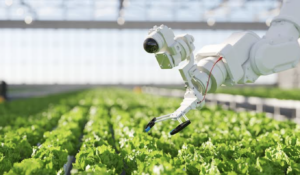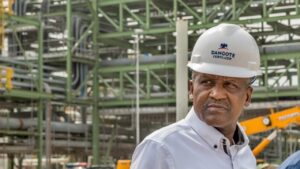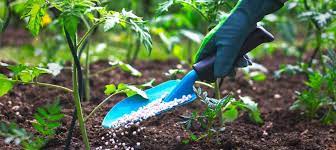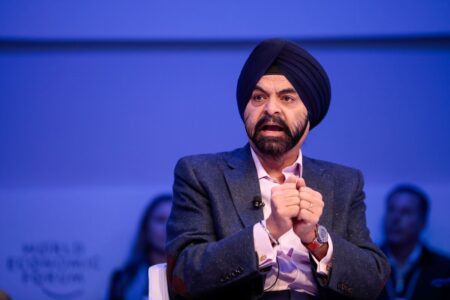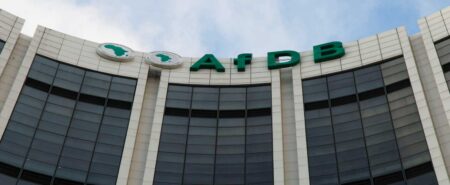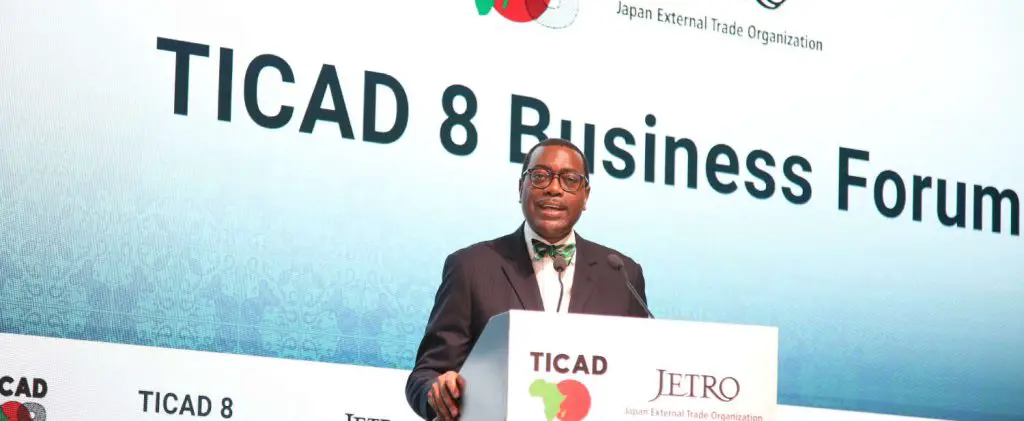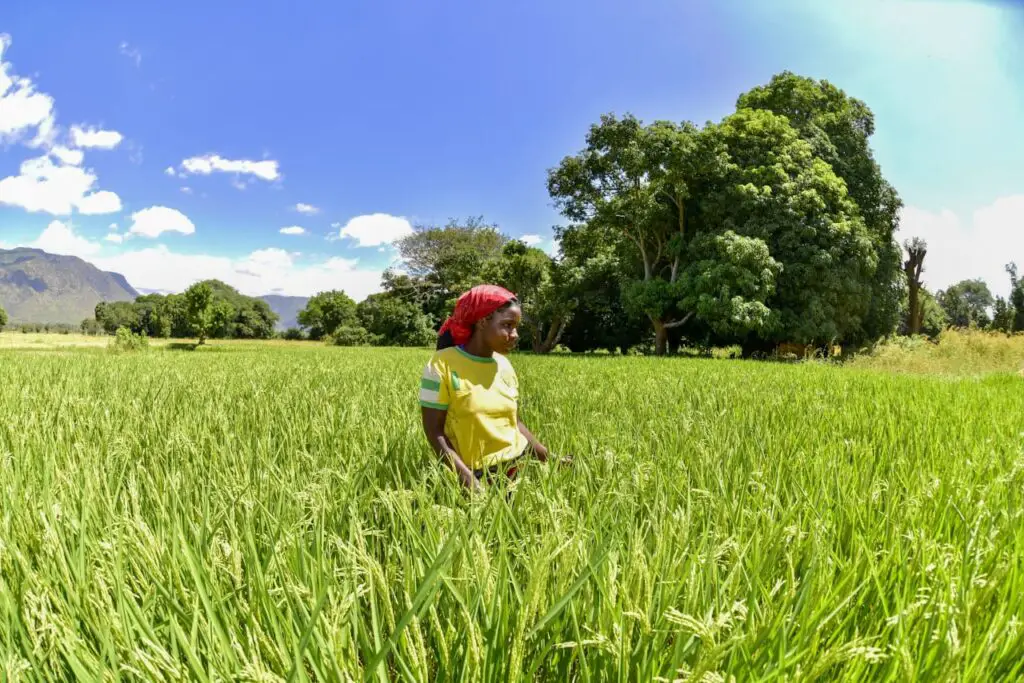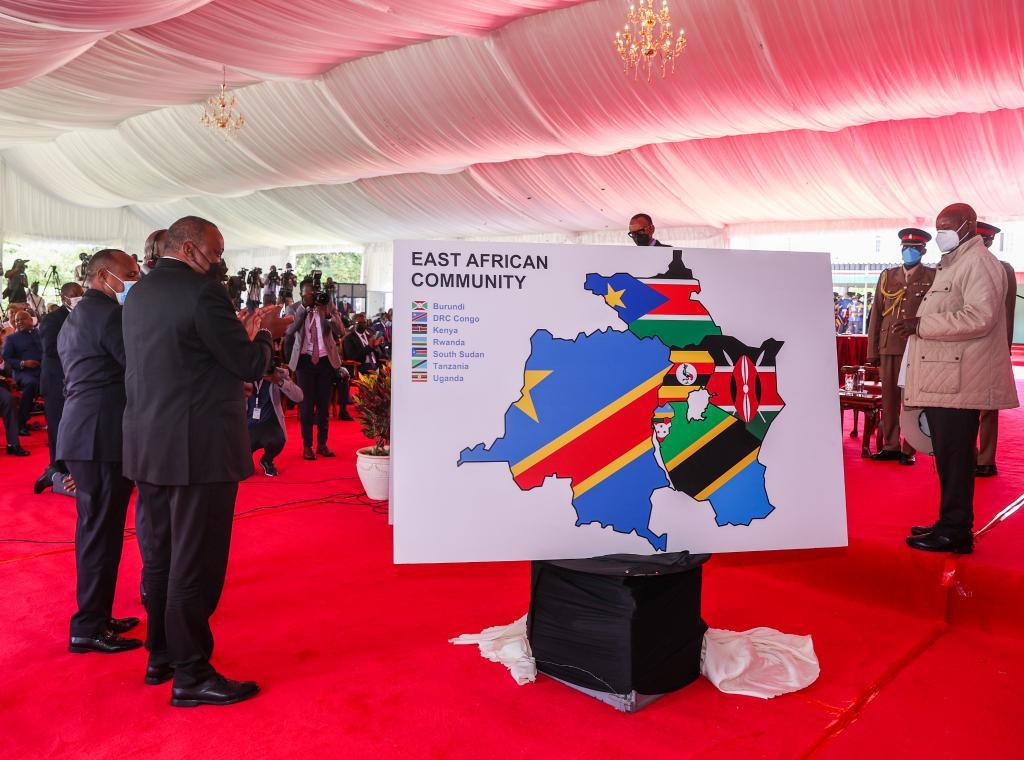- Africa’s new dawn: the rising role of digital and AI in agriculture
- Can Dangote Refinery Transform Africa Energy Ambition
- Gallup Survey: 80 per cent of Kenyan Workers Are Disengaged and Seek New Opportunities
- Madagascar Man Freed from 5KG Tumor After 15-Year Struggle
- How women in Africa are perceived and treated
- Sugar consumption in Kenya to Increase to 1.23 Million Tonnes
- Can Somalia and Turkey Oil deal Bring Change in Somaliland
- Remittances to Kenya dropped to $371.6 million in June, marking a six month low
Browsing: AfDB infrastructure funding
- Africa Development Bank (AfDB) has launched the Africa Fertilizer Financing Mechanisms (AFFM) to boost purchase of the critical farm input across the continent.
- The Food and Agriculture Organization (FAO) warns that Africa is spending less on agriculture development than the rest of the world.
- AFFM has already secured $10.15 million in new funding from the Norwegian Agency for Development Cooperation (NORAD).
Shortage of fertilizer in Africa continues as the war between its main suppliers Russia and Ukraine enters the second year. To increase food productivity and security, African countries need increased access to fertilizer, nut until this dilemma is resolved, food security is off the table.
Access to fertilizer in Africa is very limited, where available, this basic agro-input for increased production is simply too expensive for effective use.
Such shortcomings were meant to be addressed by progressive initiatives such as the Maputo Agreement that was signed in Mozambique in …
- US World Bank President nominee Ajay Banga chooses Africa for his first tour
- AfDB president Dr. Akinwumi Adesina calls for a new measure of economic growth
- AfDB launches Adesina Africa Industrialization Index (AII)
The World Bank is getting a new president and it will be likely US-nominee Ajay Banga who for his first global tour, chose to visit Africa. What does this maiden tour mean for the continent?
Back in February, US President Joe Biden announced Ajay Banga as the United States’ nominee for President of the World Bank Group. Should he be approved, Ajay Banga will be replacing the incumbent president, David Malpass, whose term ends in June.
Among his first moves on his way to the top office in the world’s largest financial institution, Banga, is making a strategic visit to Africa.
For the first stop of his World tour, Mr. Banga flew to Abidjan Côte d’Ivoire on …
Against all odds, Africa is enjoying faster economic growth than the rest of the world, and it will continue to do so for the next foreseeable future. This is according to the latest review by the Africa Development Bank (AfDB) which projects that the continent’s Gross Domestic Product (GDP) will grow 4% annually, on average, much better than the global average.
Released in Abidjan, Africa’s Macroeconomic Performance and Outlook Report indicates that in the medium-term, most regions in Africa will have moderate to strong economic performance.
“Despite facing significant headwinds due to global socio-economic shocks, all the five regions on the continent remain resilient with a steady outlook,” the report reassures stakeholders.
Also Read: Financing SMEs: Basis for impressive economic outlook
However, the report does highlight some red flags to watch out for that will require robust monetary and fiscal measures and structural policies.
The report is released at the …
GuarantCo is one of the six partners that make up the Africa Co-Guarantee Platform. Others are the African Development Bank, African Trade Insurance Agency (ATI), African Union Development Agency (AUDA-NEPAD), GuarantCo (part of PIDG, the Private Infrastructure Development Group), the Islamic Corporation for the Insurance of Investment and Export Credit Insurance (ICIEC), and Afreximbank.
Speaking recently at the Platform’s Steering Committee Meeting, Afreximbank’s Director of Guarantees and Specialized Finance Kofi Asumadu-Addo, said, “…this is a critical moment, and the CGP is needed more than ever.”
He went on to point out that the Covid-19 pandemic, and the Ukraine crisis have resulted in macroeconomic challenges that require urgent action and it is only by working with large organs like the AfDB that action can be taken.…
Meanwhile, Africa is looking to take pre-emptive action to avert the inevitable food crisis.
The United States has pledged support to help the continent grow and distribute more food. The aid will come through the African Development Bank (AfDB). The Bank is looking to fund a significant increase in food production in an effort to ward off the food crisis wrought by the Russia-Ukraine war.
In May this year, the AfDB set up a US$1.5 billion African Emergency Food Production Facility. It was established with the aim of supporting some 20 million smallholder farmers produce more food and to do so more sustainably.…
The connection bypass road launched by the five presidents of the East African Community (EAC) has set precedence in the importance of neighbouring countries undertaking joint projects to improve transport infrastructure between and amongst themselves.
This point is underlined in the World Bank report; “Patterns of shipping, transshipping, and distribution mean that trade depends not only on the quality of infrastructure in the two trading countries but also of that in key third party countries on the trading network.”
The point is that while two countries can come together to improve transport infrastructure, it is not enough because trade, in many cases, goes much further than the border between two countries.…
